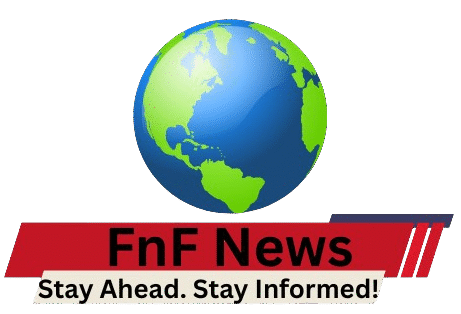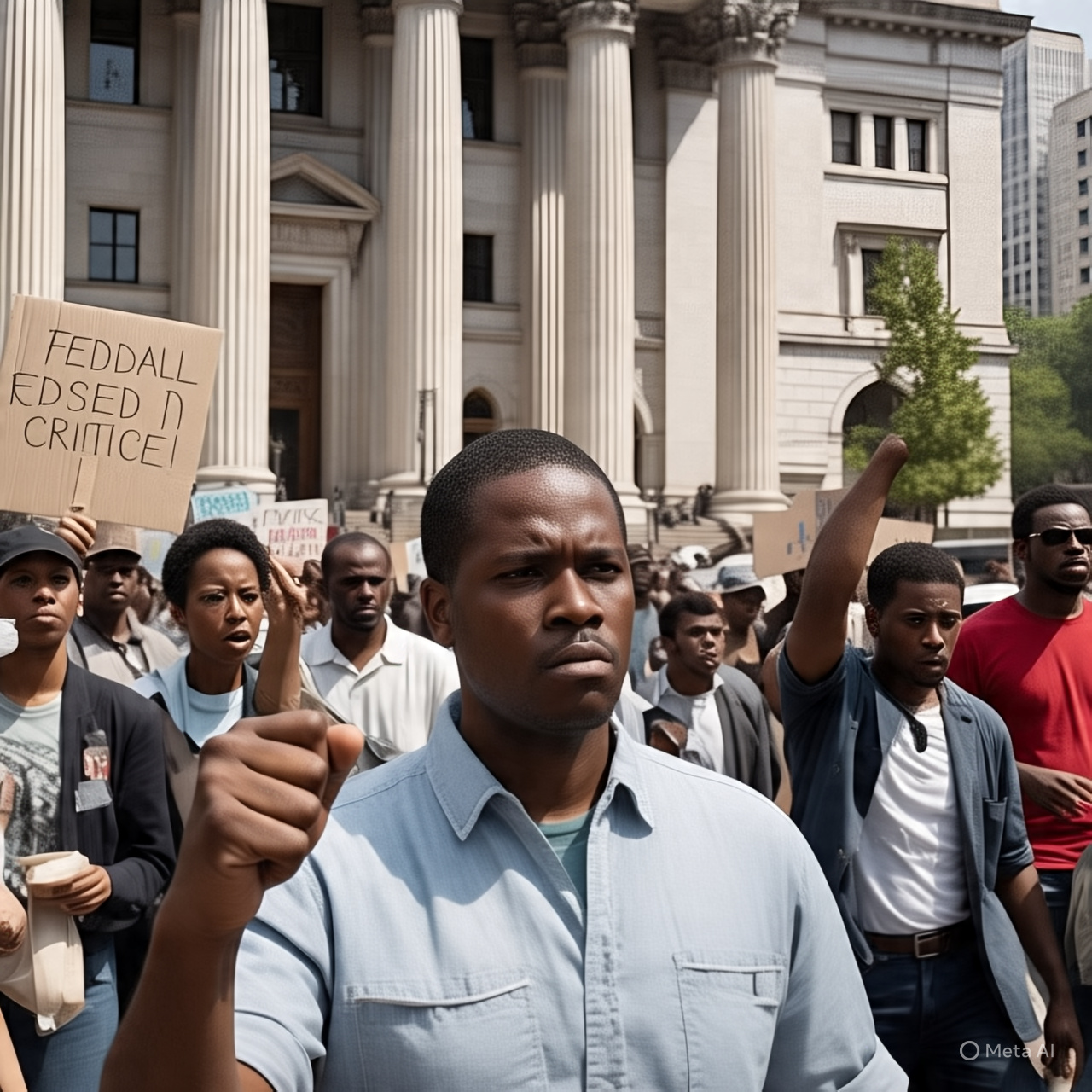FnF News
Calls to End the Federal Reserve Intensify Amid Growing Concerns Over Debt, Currency, and Citizen Control
FNF News | May 24, 2025
As America grapples with rising inflation, ballooning national debt, and growing distrust in central banking, a renewed movement to “End the Fed” is gaining momentum. Critics are now going a step further, accusing the Federal Reserve and the U.S. Treasury of operating in ways that allegedly prioritize private interests over public sovereignty, fueling calls for a return to gold-backed currency and a full audit or dissolution of the Federal Reserve system.
The conversation, once relegated to libertarian circles, has now resurfaced across mainstream platforms and congressional discussions—spurred by economic uncertainty and frustration over perceived government overreach.
The Core of the Argument: Who Controls the Money?
At the center of the debate is the claim that the Federal Reserve operates as a quasi-private entity, unaccountable to the American public. While the Fed is technically an independent government body, it is composed of regional Federal Reserve Banks that operate under a structure combining both public oversight and private shareholders — a nuance that has long fueled suspicion and criticism.
“The Federal Reserve is not truly federal, and it has no reserves. It’s time to stop pretending this system works for the people,” said former Congressman Ron Paul, whose 2009 book End the Fed re-popularized the anti-central bank movement.
Activists argue that the system allows an elite group of bankers and government officials to manage U.S. monetary policy without adequate public transparency, often citing the 2008 bailouts and recent quantitative easing policies as evidence of systemic manipulation.
The Treasury’s Role and Conspiracy Claims
More radical voices claim that the U.S. Treasury Department is complicit, alleging that it collaborates with the Federal Reserve to maintain a financial structure that “enslaves” American citizens through debt and inflation.
This view often includes a proposal to declare national bankruptcy, dissolve the Federal Reserve System, and issue a new currency backed by gold or tangible assets, echoing the pre-1971 monetary system before President Nixon took the U.S. off the gold standard.
While these views are controversial and not supported by mainstream economists, they are gaining attention on social media platforms, alternative news outlets, and among certain political candidates in the 2026 election cycle.
Mainstream Response and Fact Check
The claim that the Treasury is a private entity is not factually accurate. The U.S. Department of the Treasury is a government agency under the executive branch, led by the Secretary of the Treasury, who is appointed by the President and confirmed by the Senate.
However, the Federal Reserve’s independent nature does often lead to confusion. According to the Federal Reserve’s own publications:
“The Federal Reserve System is a unique entity that is both public and private. The Board of Governors is a federal agency, while the Reserve Banks operate as private corporations with public purpose.”
— Federal Reserve Education Center
This hybrid structure is legal and has been upheld for over a century, but critics argue that it creates accountability gaps, especially during financial crises.
Renewed Interest in Gold-Backed Currency
Supporters of ending the Fed often cite Executive Order 11110, signed by President John F. Kennedy in 1963, which gave the Treasury limited authority to issue silver certificates. Though the order was later rendered obsolete by subsequent legislation, it remains a popular talking point in gold standard advocacy.
“A gold-backed dollar would be the ultimate check against inflation and debt,” said Jim Rickards, author of The New Case for Gold. “It’s time to seriously explore asset-backed money once again.”
Conclusion: Fringe or Future Policy?
While calls to end the Federal Reserve remain on the political fringe, they reflect broader public anxiety about economic control, inflation, and institutional trust. With 2026 shaping up to be a pivotal election year, how candidates respond to these concerns could influence the future of America’s monetary system.
Sources:
- Federal Reserve Education Center: Structure and Function
- U.S. Treasury Department: Official Website
- Ron Paul Institute for Peace and Prosperity
- Jim Rickards, The New Case for Gold
- Reuters, “Fed’s Balance Sheet and Quantitative Easing Timeline”
- Pew Research Center: “Public Trust in Financial Institutions” (2024 Survey)

